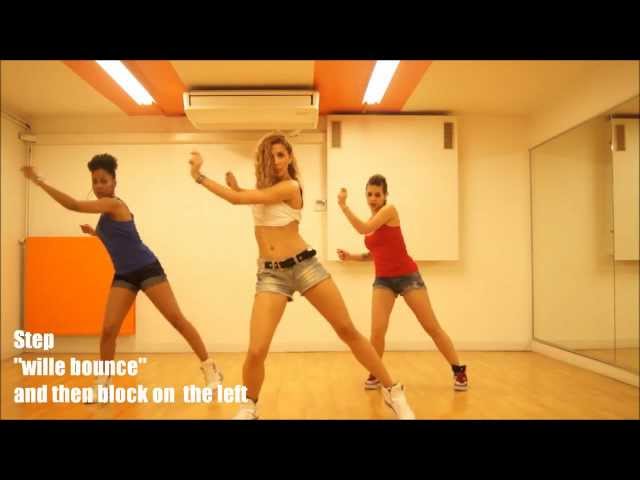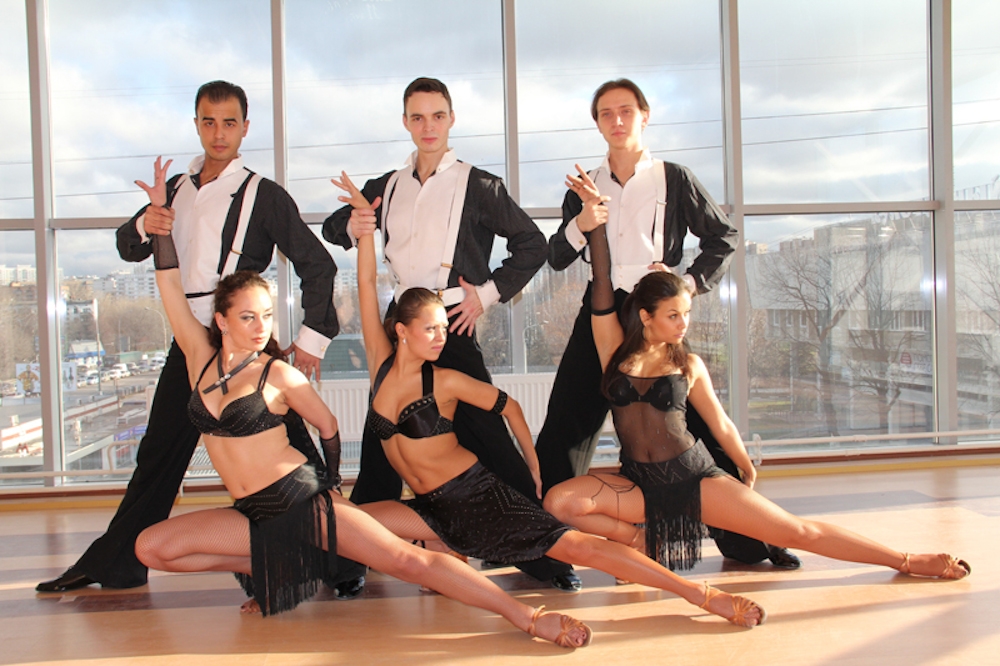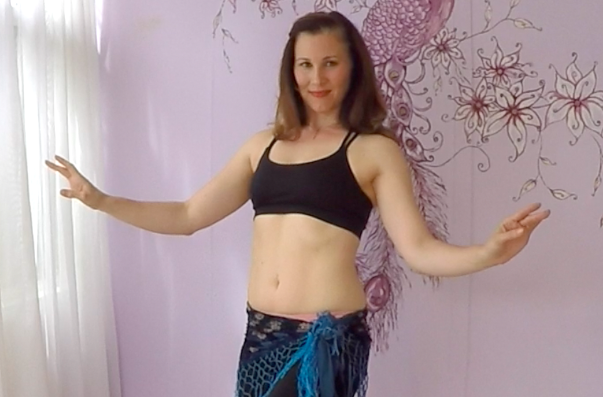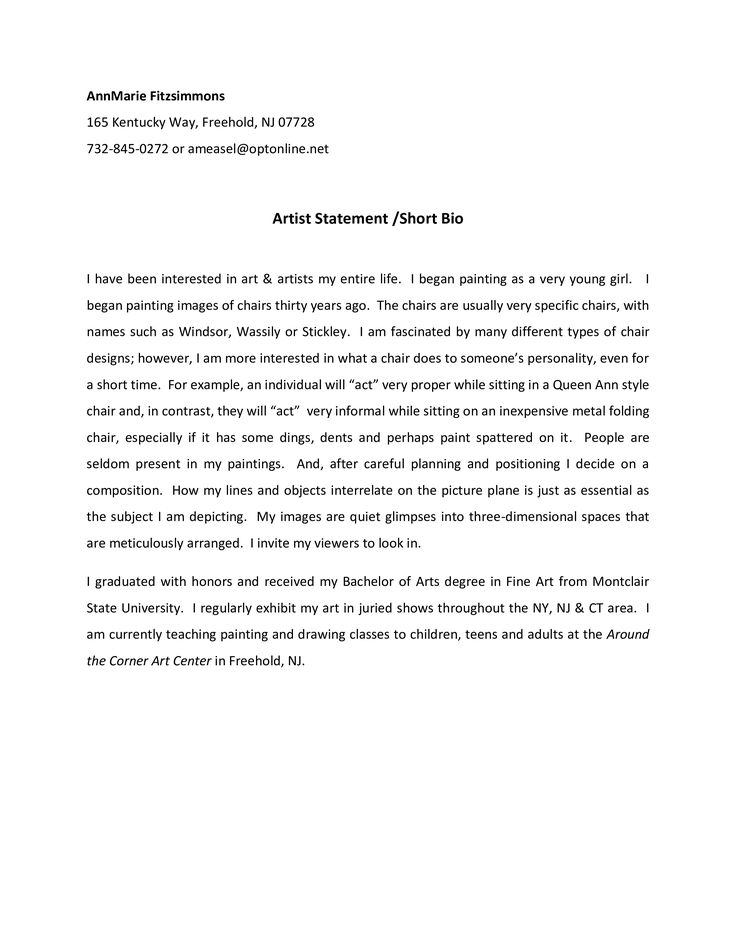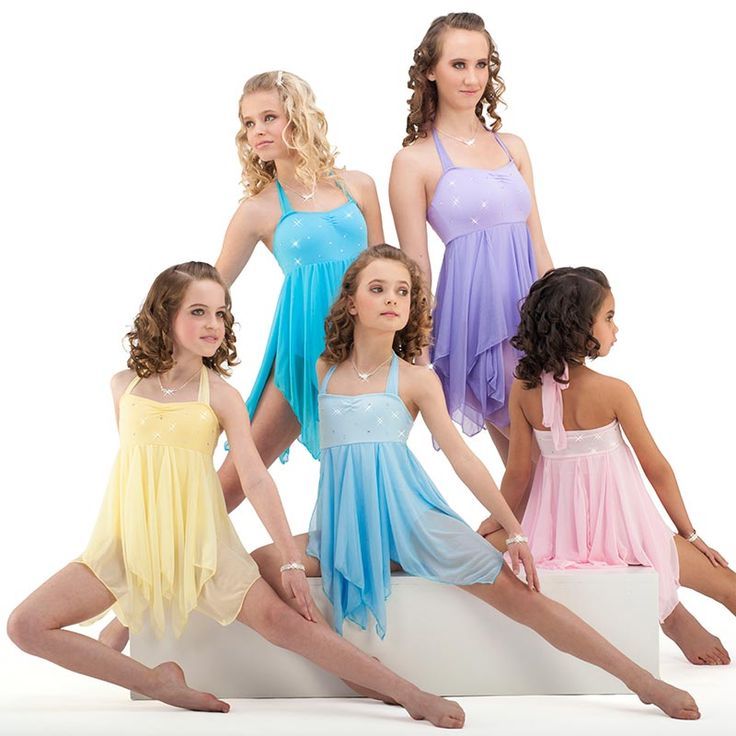How to train for pole dancing
How to Build Your Strength for Pole Dance (Free Training Plan)
The thought of strength training makes many women want to run a mile in fear of developing bulky, manly muscles.
However, to improve on the pole, it is very important to include strength elements in every pole workout that you do. You’ll find that doing so will help you improve very quickly on the pole. Bonus!
The truth is, that to make serious improvements on the pole, you don’t need to be pumping iron!
In fact, doing so will increase the likelihood of becoming more muscular. If it’s the bodybuilder look you want – then go for it 🙂
Instead, most of us want to develop the toned, slender, sexy look that is synonymous with pole dancing.
To achieve this, bodyweight exercises (on and off the pole) and light resistance exercises will produce great results.. while making you stronger in your pole moves.
Build Your Strength for Pole Dance
FREE TRAINING PLAN >>
Why is Strength Training Important?
Strength training for pole dancing is very important. When most people start, they think that they aren’t strong enough to pole dance and find it a struggle.
For the first few sessions, it is likely that you’ll go home with (or wake up to) very sore arms. As you continue in your lessons and workouts, your strength will naturally develop and increase.
In the beginning, this effect of getting stronger by simply practising the pole moves, is the reason why specific strength training is overlooked.
But… at some point we all reach a plateau. When our strength (or lack of) becomes the limiting factor in achieving more advanced pole moves. Getting “stronger by doing” is no longer enough at this point.
As soon as you move onto harder, more advanced moves, you will soon wish that you had done more strength training earlier on.
When you work on strength moves such as the Ayesha or moves like The Flag or any Deadlift, you may find it a struggle.
It can feel like you are starting to learn to pole dance all over again.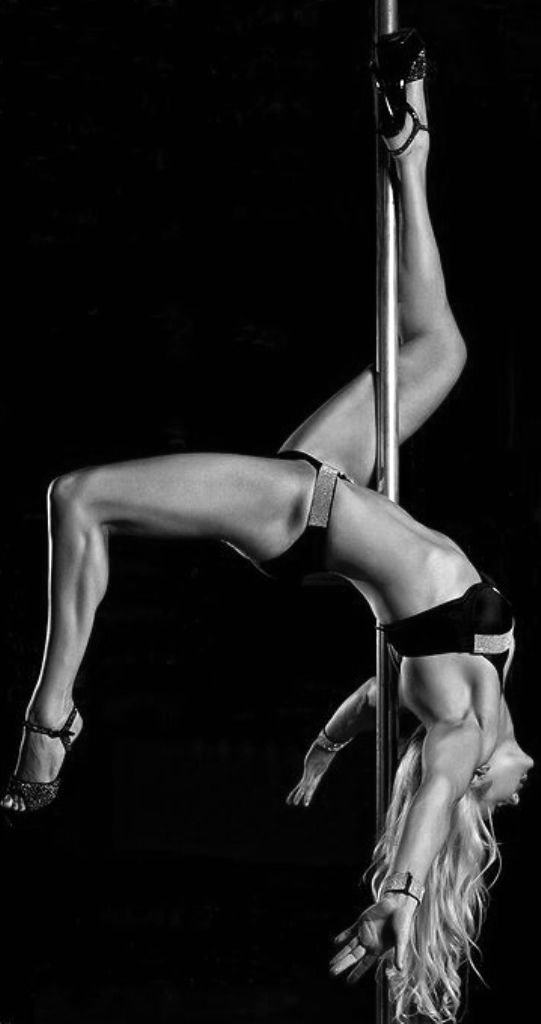 You will feel like you are not strong enough and may worry that you will not be able to get these moves – you have to re-train your muscles.
You will feel like you are not strong enough and may worry that you will not be able to get these moves – you have to re-train your muscles.
Starting your strength training early on in your pole dancing workouts will help you to improve in all areas of your pole dancing – and you will be especially happy that you did, when you are working on more advanced moves.
Build Your Strength for Pole Dance
FREE TRAINING PLAN >>
How Often Should I do Strength Training for Pole Dance?
Rule 1: Pole Comes First
While it is important to make sure you do your strength training, it should not take anything away from your actual pole dancing.
Rule 2: Little & Often
It is important that you still keep the element of fun and enjoyment when you pole dance. For this reason you only need to spend a short amount of time every workout on strength training. For example if you are working out for an hour, you should spend about 10 minutes training. While this does not seem like a lot, imagine doing press-ups or sit-ups for 10 minutes. Ouch!
Ouch!
Rule 3: Remember to Rest!
It is important that you do not over train your body. While it can be tempting to train every day you must give yourself at least one day off a week to recover. Giving yourself a rest allows your body to fully repair and recover from the previous training and workouts that you have done.
It’s during this rest time that your body heals and gets stronger!
Rule 4: Be Creative
If you do not have a lot of time to work out, work your strength training in with your attempts at pole moves.
For example, if you are trying to master an Air Walk, you can train accordingly for this, while trying to practise the move. Place your hands on the pole as you would, if you had climbed up the pole. Practise taking your legs off the ground, lifting them to the side, holding it for 5 secs and then putting them on the ground again. Repeat 3 times. Change your arms around and repeat again. The whole of this exercise may only take 1 minute but if you were to train like this for every move, you will find that you will quickly improve and feel stronger.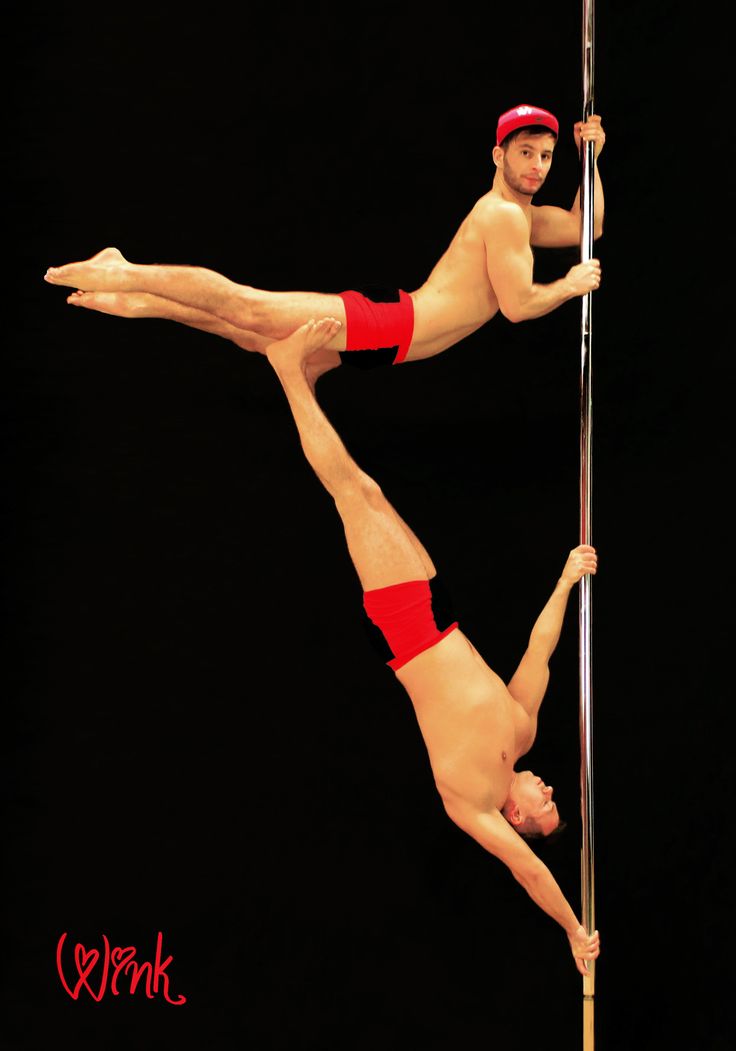
What Strength Exercises Shall I Do?
The Strength Basics:
Here are some exercises for you to try as a start to your new strength regime. As a rule of thumb try 3 sets of 15-20 reps for each exercise. Some YouTube searching will help you with technique!
Arms: Bicep Curls, Tricep Dips, Chin-Ups
Chest: Press-Ups (Wide & Narrow)
Back: Rows, Lateral Pull Down
Shoulders: Shoulder Press, Lateral Raise
Core: Sit-Ups (Many Variations), Plank, Side Plank
Legs: Squats, Lunges, Step-Ups
Functional Strength for Pole Dance:
These exercises relate to the moves that you want to do. These aren’t necessarily moves that you want to do now -they can be moves that you want to master in the future – such as a deadlift. For a Deadlift you can twist your strong hand and place it high on the pole.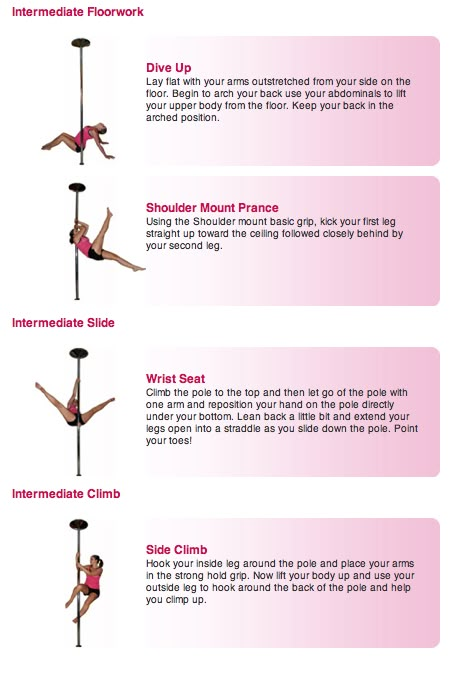 Place your weaker hand lower on the pole. Take your legs out the side, and stand on your tip toes. From here practise lifting your feet off the ground and holding for 5 secs. Repeat 3 times and then repeat on the other side. This is a great way to prepare for when you eventually are ready to try a Deadlift.
Place your weaker hand lower on the pole. Take your legs out the side, and stand on your tip toes. From here practise lifting your feet off the ground and holding for 5 secs. Repeat 3 times and then repeat on the other side. This is a great way to prepare for when you eventually are ready to try a Deadlift.
This technique can be applied to many moves. If you look at a move you want to do, figure out the first step, whether this is lifting your feet off the ground or holding yourself up by your legs. Whatever the first move is, practise holding your body up in this way and make sure you can confidently do this on each side. You can strengthen your whole body this way as you are often working more than one muscle group at a time. This is also brilliant for those moments of frustration when you don’ t want to try that particular move again – simply work on some strength training.
What Are Your Favourite Pole Strength Workouts?
Let me know your thoughts! 🙂
6 Awesome Bodyweight Exercises for Pole Dancers | Pole Athletica
Bodyweight exercises are a really effective and easy way to strengthen your core and complement your pole training.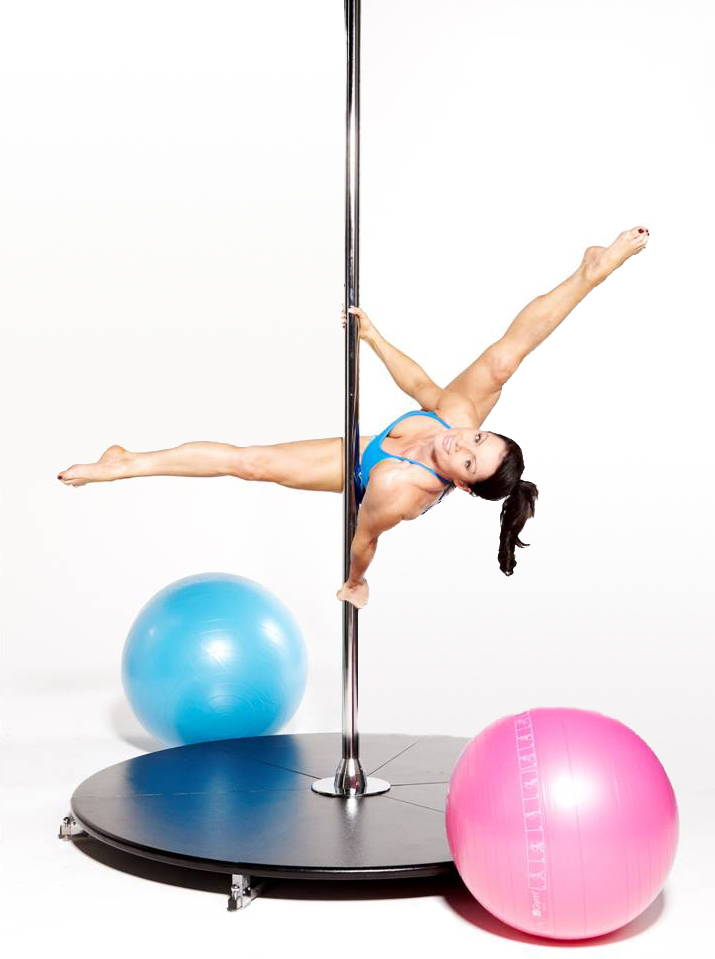 These types of exercises get results partly because they involve compound movements, meaning numerous joints and muscles are involved with each move. Bodyweight movements have been shown to be extremely effective for strength gains and performance improvements.
These types of exercises get results partly because they involve compound movements, meaning numerous joints and muscles are involved with each move. Bodyweight movements have been shown to be extremely effective for strength gains and performance improvements.
Our Studio Director, Jennifer Grace has put together a short, complete body workout video including six of her favourite exercises. These exercises are specifically designed to build strength for pole and a great way to cross-train. She recommends going through all six exercises as a circuit and then completing two more circuits. Start with 5 reps per exercise and work your way up to 10 or more.
Click on the image below to watch the video and continue reading for her hot tips corresponding to each exercise.
1. COMMANDO PLANKS WITH SHOULDER TAPS
Target area: This exercise works the entire body but is great for building strength through the shoulders and arms.
Things to keep in mind:
- Don't let your lower back sag or butt stick out.
- Tuck the hips under and pull your lower abdominals in towards your spine.
- Imagine balancing a broomstick along the length of your body so you have a beautiful straight line from head to toe.
Modification: If this exercise is too difficult or you're feeling pain in your lower back, lower your knees to the floor and work your way up to the more advanced version.
2. BENT LEG SIDE PLANKS
Target Area: Obliques aka side abs and shoulders
Things to keep in mind:
- Legs should be bent at a right angle. Thighs are flat to the front and shins flat to the adjacent wall.
- Stack your shoulder directly over your elbow.
Modification: The bent leg version is the modified version. If you're finding this version too difficult, place your top hand on the floor to assist with pushing up.
Thread the Needle Variation: This can be done with bent legs if the straight leg version is too difficult.
3. LOWER ABDOMINAL LEG LIFTS
Target area: Lower abdominals
Things to keep in mind:
- It's SOOOOO easy to cheat in this one! Try really hard not to swing your legs towards your face to get those hips up.
- The lift of the hips is really small. Pull your lower abdominals down towards the floor to initiate the lift of the hips.
4. COBRA EXTENSIONS
Target area: Upper and lower back, butt and hamstrings
Things to keep in mind:
- Push your pubic bone down into the floor to maintain a good position of the pelvis throughout this exercise.
- As you lift your upper back from the floor, slightly squeeze the shoulder blades together.
- Think of broad collar bones to keep the chest and shoulders open through the front.
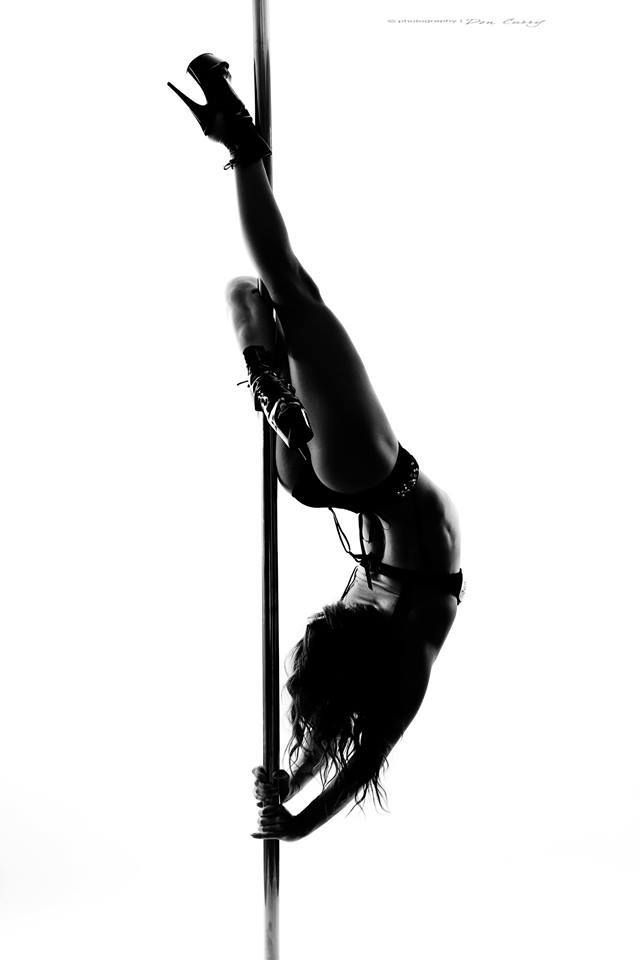
- Legs should be at least hip-width apart. If you have lower back issues, then widen the legs a little further.
Modification: If you're finding it too challenging to lift both upper body and legs at the same time, separate the two movements. Focus on lifting the upper first and then try lifting just the legs.
5. FULL RANGE SQUATS
Target area: Hips, thighs and butt. This is a great hip mobility exercise.
Things to keep in mind:
- Focus on keeping a straight back throughout and not pitching forward in your squat.
- As you lower into your squat, keep your weight back in your heels. A good test for this is to keep toes lifted off the floor throughout the whole exercise.
- Make sure your knees track over the 3rd and 4th toes as you bend and straighten the legs.
Modification: If you're struggling to keep your heels down on the floor as you lower, then prop a folded yoga mat under the heels for a little elevation. You might also want to try widening your stance. Make sure your toes are slightly turned out.
You might also want to try widening your stance. Make sure your toes are slightly turned out.
6. TABLE PULL UPS
Target area: Biceps
Things to keep in mind:
- You want your arms to really do the work in this one!
- Keep your chin slightly tucked in.
- Keep your tummy engaged throughout the whole exercise
- Don't forget to breathe!
Modification: Pull up half way if you're finding it difficult to pull all the way up to the top. In time, you'll build up more and more strength through your arms. The most important thing is to NOT GIVE UP!
As you develop more strength and stamina, work your way up to doing the entire circuit 2-3 times per week.
If you'd like to join us for a pole specific strength and conditioning class, we run a CoreFit Athletica class every Saturday and Thursday. This is an open level Pilates style class on the fit-ball.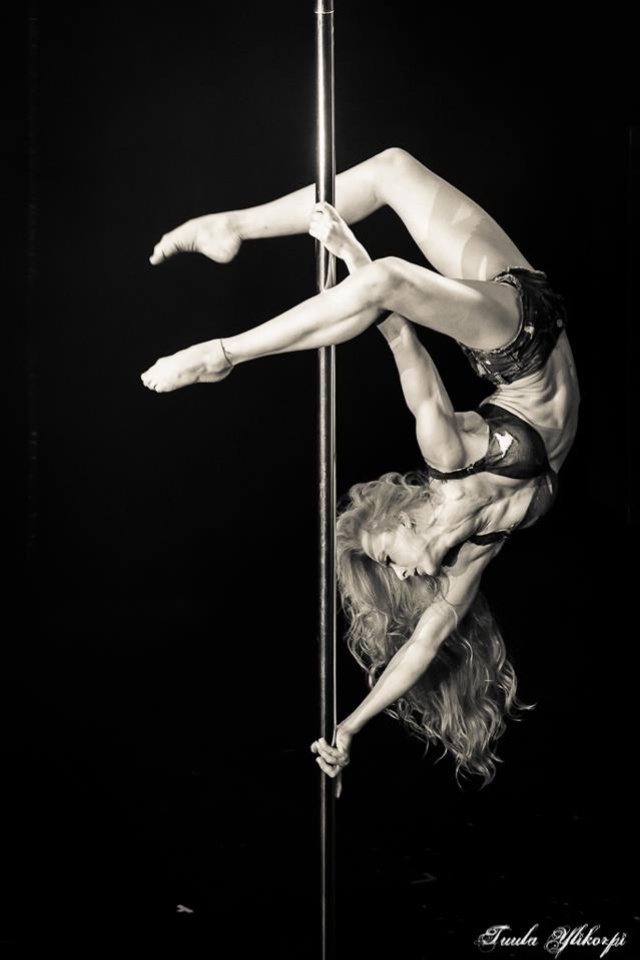 It's a fun unique work-out to strengthen and tone the abs, butt, thighs and back.
It's a fun unique work-out to strengthen and tone the abs, butt, thighs and back.
Pole Exercises for Beginner Adults
Recently, Pole Dance, or pole dance, is a projectile, which is a steel vertical pole for performing acrobatic stunts. Beginners should practice the beginner pole exercises before they can be demonstrated. This will allow you to learn basic movements and prepare the main muscle groups.
Health Benefits of Pole Dancing
Dancing helps to shape and remove excess pounds, which is much safer than liposuction, rigid diets and other weight loss methods. The weight will go away gradually and evenly from all parts of the body - it will become toned, cellulite will disappear.
Dancing has the following benefits:
- strengthening of the cardiovascular and respiratory systems;
- increase immunity and reduce the risk of infectious diseases;
- the appearance of an even and beautiful posture, well-developed muscles.
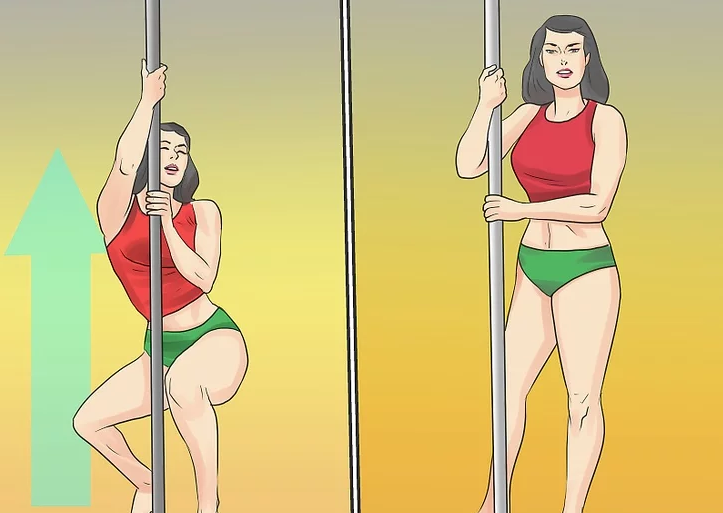
The main thing is that mood and self-esteem improve, the athlete becomes liberated, shyness and insecurity disappear. Dancing allows you to escape from everyday worries and bad thoughts, make you fall in love with yourself.
Preparing for training
Preparing for training is an important step for successful exercise
It is important to have the attitude and desire to go to the goal. If everything is available, then you can start classes, but before that you need to prepare. Decide for yourself how it is more convenient for you - to attend group or individual lessons. The latter option is preferable for those who want to carefully study the material and hone their skills under the close attention of a teacher. Classes in the group will appeal to people who are interested in communicating with other students, to monitor their progress.
Wear comfortable shoes and clothing. To warm up, it is better to use leggings and a T-shirt - due to them, the heat will accelerate through the body, which has a positive effect on metabolic processes in the body and affects adipose tissue.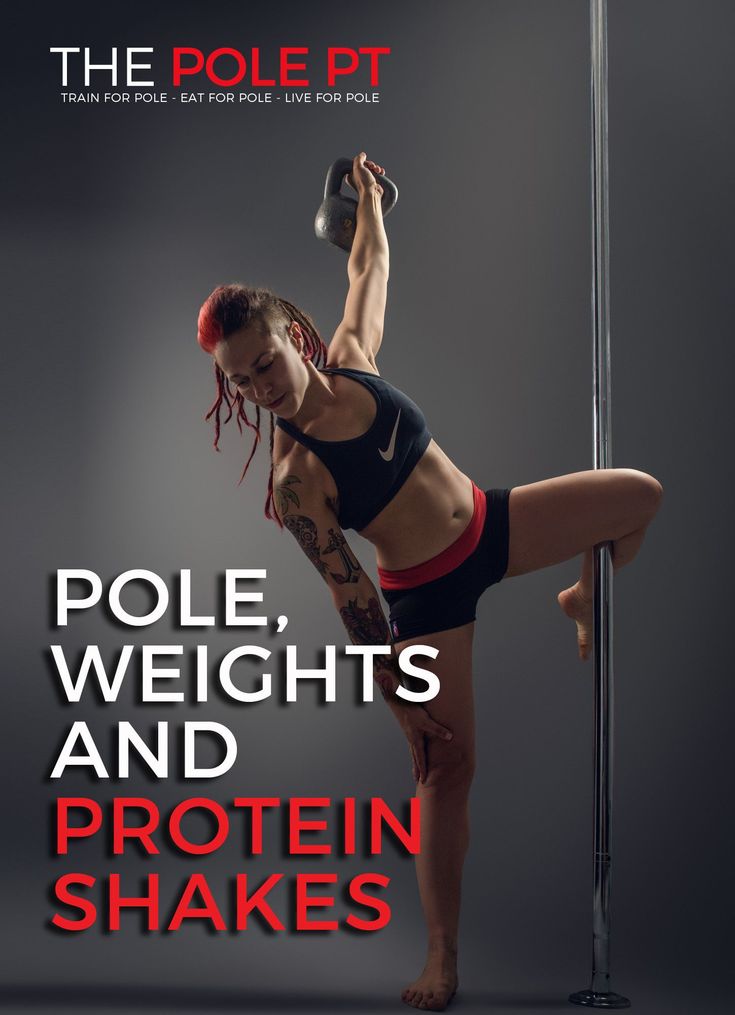 Pole exercises for beginners should be done in short shorts and a top to ensure better grip on the surface of the pole. When dancers get professional skills, they put on strips - shoes with high heels and platform 4.5 cm.
Pole exercises for beginners should be done in short shorts and a top to ensure better grip on the surface of the pole. When dancers get professional skills, they put on strips - shoes with high heels and platform 4.5 cm.
Warm-up is a mandatory step
Each session should begin with a 15-minute warm-up to stretch the muscles - as a result, physical activity is easier to tolerate, and the likelihood of sprains and other injuries is halved.
Set of exercises:
- For the neck. Tilt your head in different directions - 16 repetitions left-right and forward-backward, do full turns and semicircles - 8 repetitions.
- For chest muscles. Arch and round your back, move your upper part from left to right - 16 reps.
- For press. Do crunches - 2 sets of 20 reps are enough.
- Buttocks. Do Regular Squats - 40 reps.
Pay attention to your hands - during the dance they bear the main load.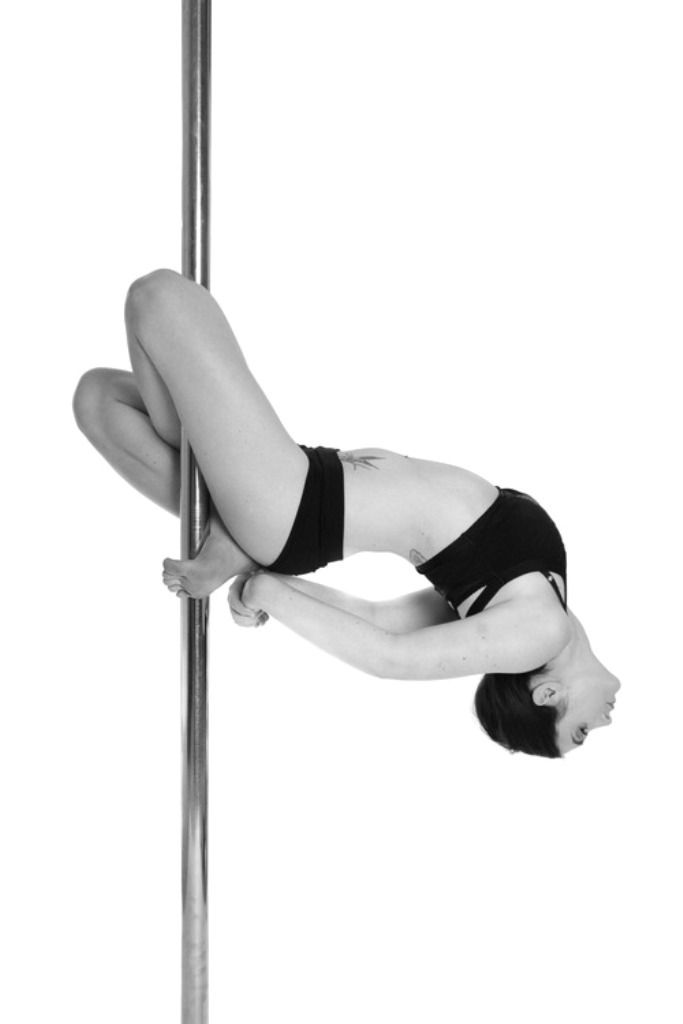 It is necessary to train the muscles of the hands not only during the warm-up, but also in between lessons. Bend and unbend the wrists with a barbell in a sitting position - 10 repetitions. It is useful to bend your arms with dumbbells weighing up to 3 kg - 3 sets of 10-15 repetitions. Pull up on the horizontal bar and push up from the floor or bench - this will help strengthen the muscles of the arms, back and abs.
It is necessary to train the muscles of the hands not only during the warm-up, but also in between lessons. Bend and unbend the wrists with a barbell in a sitting position - 10 repetitions. It is useful to bend your arms with dumbbells weighing up to 3 kg - 3 sets of 10-15 repetitions. Pull up on the horizontal bar and push up from the floor or bench - this will help strengthen the muscles of the arms, back and abs.
Pole exercises for beginners: basic level
All pole dance movements are divided into tricks - static elements (stationary) and twists - rotations around the pipe. The category of tricks includes "hanging" and "grazing" - the athlete hangs or "sits" on the pole.
Static elements for beginners:
- Fireman. Cross your bent legs around the pole, hold on to the pole with your hands, arch your back beautifully.
- Chair. Grasp the pole and squeeze it with your inner thighs, straighten your legs perpendicular to the pipe or bend, hold the pole firmly with your hands.
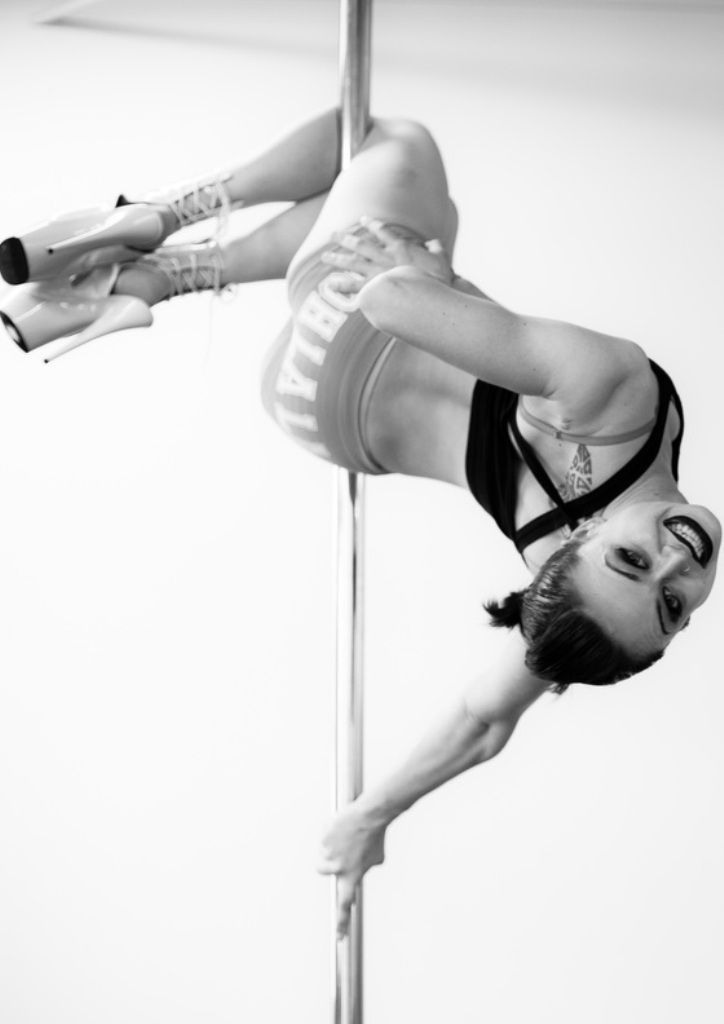
- Slingshot. Hang on the pipe upside down, hold on to the pole with straightened arms, straight legs spread apart.
Beginner dancers should aim for perfect pole movement
Beginner Rotating Pole Exercises:
- Stretching. Hold the pole with your straight hand above your head and the other hand at hip height. Push off the floor with your feet, spread them and scroll. The arms should be straight.
- Double leg switch. Grab the pylon with one foot under the knee crease, twist, wrap your other foot around the pole and gracefully complete the turn, holding onto the pipe firmly with your hands.
- Frog. With your left hand extended, hold the pole above your head, and with your right hand bent at chest level. Grab the pipe with your left foot, push off with the other, bend it and scroll.
You should study under the supervision of a teacher - he will tell you how to perform the movements correctly. After training, you need to reduce the load and relax, restore breathing and heart rate. It is better to attend classes 2-3 times a week, and during breaks to rest or allocate time for stretching (of course, within reasonable limits, so as not to overstrain).
After training, you need to reduce the load and relax, restore breathing and heart rate. It is better to attend classes 2-3 times a week, and during breaks to rest or allocate time for stretching (of course, within reasonable limits, so as not to overstrain).
Learn something new with Anix Dance
In the Anix Dance professional dance school, every beginner can learn Pole Dance, Exotic Dance and other varieties of pole dance. Professional trainers will teach the dancers the basic elements and control their implementation. Exercises will help develop strength, endurance and allow you to master more complex movements.
How to improve the effect of pole training - 5 recommendations
Pole dance classes are interesting and effective. They help improve physical fitness and stretching, lose weight, improve posture, become more confident, relaxed and graceful. The combination of strength and cardio loads, exercises for the development of flexibility and plasticity gives good results, which appear after the first month of training.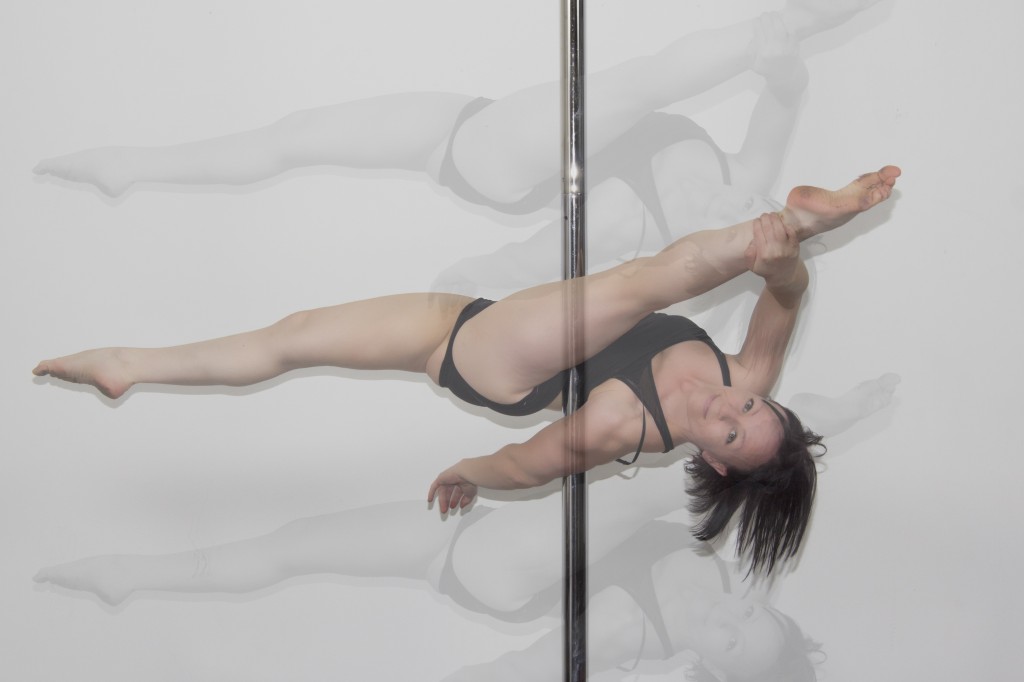 However, they can also be accelerated if you follow a few simple tips.
However, they can also be accelerated if you follow a few simple tips.
Here are five top tips for making pole dancing even more effective.
Drink plenty of fluids and watch your diet
These are the simplest and most common ways that really work. Scientists say that an adult should drink 1.5-2 liters of pure water per day. Compliance with this rule allows you to maintain water balance, normalize metabolism and, thereby, accelerate the loss of excess weight.
A balanced diet also plays an important role in the weight loss process. Keep track of the number of calories consumed, the ratio of proteins, fats and carbohydrates. Eat more often, but in small portions. In no case do not resort to debilitating diets and starvation.
Stick to your training schedule and don't skip classes
Your training schedule is designed to get the most out of it. A missed workout takes you back a few steps and slows down the process of achieving the desired result at times.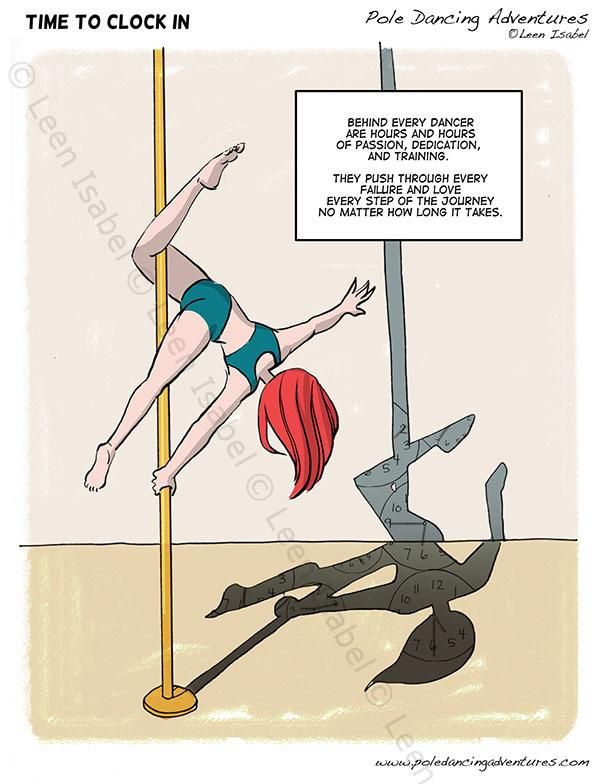 In addition, it is important to give all your best in class and not feel sorry for yourself. Training that does not take place at full strength is practically useless and does not allow you to develop in the right direction. They, of course, also provide physical activity, but its level is insufficient.
In addition, it is important to give all your best in class and not feel sorry for yourself. Training that does not take place at full strength is practically useless and does not allow you to develop in the right direction. They, of course, also provide physical activity, but its level is insufficient.
Stick to a daily routine
This advice is good for everyone, not just pole dancers. A full night's sleep, compliance with the regime of work and rest have a beneficial effect on appearance and well-being. For a rested body, training will be much easier and more productive. You will be able to cope with heavy loads, which means that you will further increase the effectiveness of Pole dance.
Try water treatments
Visiting a bath or sauna is good for health, beauty and well-being (unless, of course, you have contraindications for health reasons). The healing properties of these procedures have been known since ancient times, so they will be an excellent addition to the comprehensive fight against excess weight.
